In August of 2022, MuscleTech announced their iQ Series, a new lineup of smart supplements formulated with enfinity paraxanthine instead of caffeine. The brand is one of our favorite companies to write about because they've led the way with some awesome innovative ingredients throughout their history.
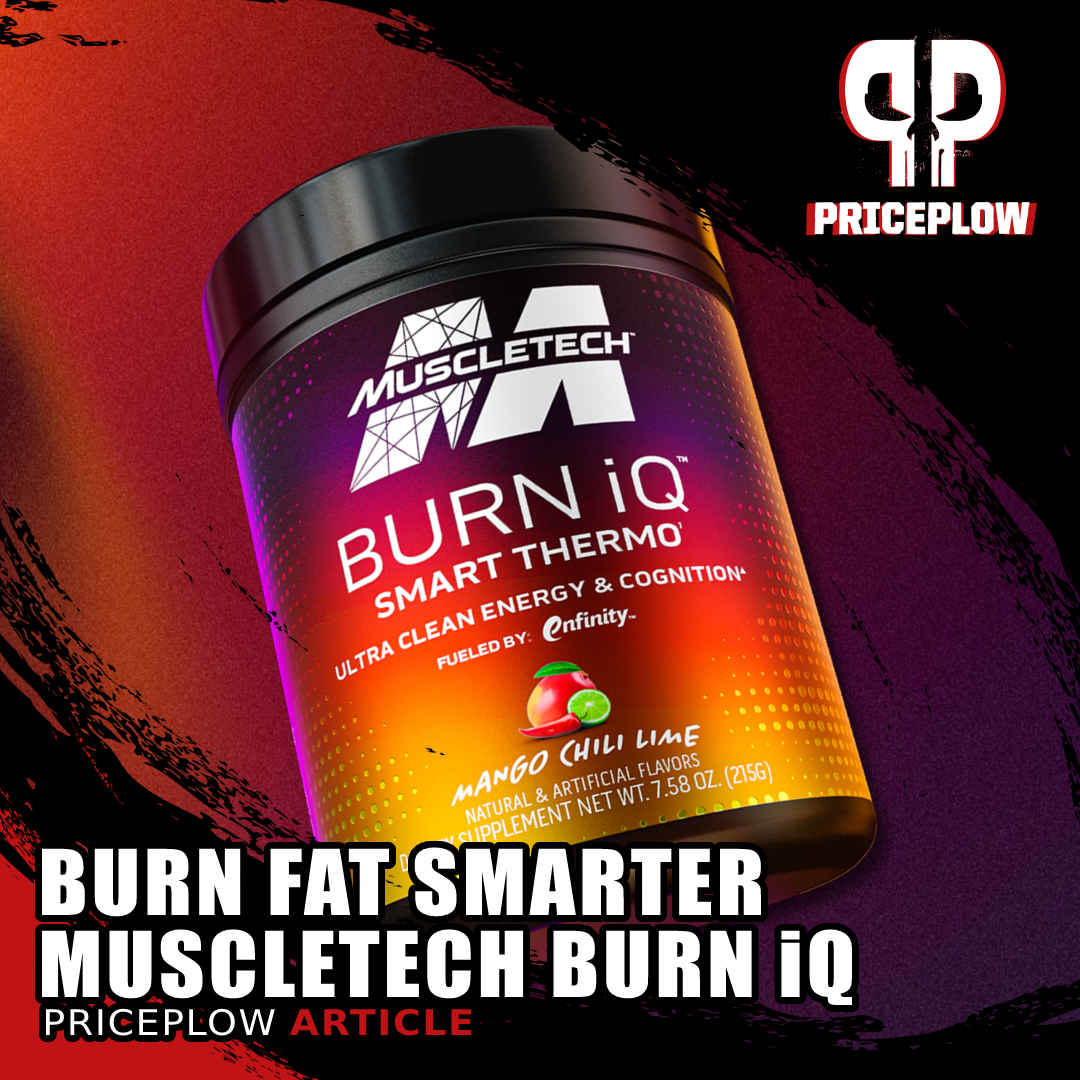
MuscleTech Burn iQ Powder is the first weight loss supplement to include the caffeine replacement known as paraxanthine (from enfinity) and an incredible assortment of thermogenics and metabolism boosters!
We recently covered paraxanthine in our last article titled MuscleTech EuphoriQ: The Smart Pre-Workout with enfinity Paraxanthine. That was the pre-workout supplement, but sometimes, you want to burn a bit of extra fat. MuscleTech still has you covered if you want to experience enfinity while on your diet:
MuscleTech Burn iQ: A Nootropic Fat Burner
Part of MuscleTech's innovation we're talking about is the concept of a nootropic fat burner supplement, exactly what we get in Burn iQ Powder. More specifically, we're diving into paraxanthine, the amazing caffeine alternative that has the potential to upend the supplement industry's relationship with stimulant ingredients.
You can see a pattern behind MuscleTech's formulation philosophy: the inclusion of carefully-selected nootropic ingredients that boost focus, energy, and mood, in supplements that aren't primarily marketed as nootropic supplements. Perfect for diet time and brain fog.
On top of 300 milligrams of paraxanthine in a two-scoop serving, we get some Sweet Heat from a triple blend of grains of paradise, aXivite phenylcapsaicin, and black pepper extract. Burn iQ Powder also has great doses of fatty acid transporter L-carnitine L-tartrate, neurotransmitter-boosting L-tyrosine, and mitochondria-beneficial taurine.
There's more than that inside, and it all makes for a very well-rounded fat burning, brain-boosting formula that you simply can't easily fit into capsules. That's why we love weight loss powders - especially when there's a new ingredient like enfinity inside. But if you instead want capsules, MuscleTech has that for you as well (see the pill-based MuscleTech Burn iQ Capsules).
We dig into the Burn iQ Powder below, and cover how it can torch fat while improving cognitive clarity and even motivation. But first, let's check PricePlow news and deals:
MuscleTech Burn iQ Powder – Deals and Price Drop Alerts
Get Price Alerts
No spam, no scams.
Disclosure: PricePlow relies on pricing from stores with which we have a business relationship. We work hard to keep pricing current, but you may find a better offer.
Posts are sponsored in part by the retailers and/or brands listed on this page.
This area is reserved for Team PricePlow's upcoming videos.
Subscribe to our channel and sign up for notifications so you catch it when it goes live!
Burn iQ Powder Ingredients
In a single 2-scoop (8.6 gram) serving of Burn iQ from MuscleTech, you get the following:
-
L-carnitine L-tartrate – 3,000 mg
In a full two scoops, you get 300 milligrams of paraxanthine from enfinity - enough to feel alert and ready to take the day on!
L-Carnitine facilitates cellular energy production by helping move fatty acids into your cells where they can be consumed by mitochondria and turned into adenosine triphosphate (ATP).[1]
We care about ATP a lot here on the PricePlow Blog because ATP is your body's energy currency, the basic unit of usable energy consumed by your cells in the performance of any metabolic task. If your body, with all its cells, were a car, ATP would be the gas.
Anything you ask of your body, ranging from muscle protein synthesis to neuromuscular adaptations and recovery from exercise, consumes a high amount of energy in the form of ATP. So if you want to achieve a great physique and perform well in your workouts, it behooves you to support your body's ATP-producing processes.
Carnitine has been shown to increase the activity of certain mitochondrial enzymes that are essential for producing ATP.[2,3] It's one reason why carnitine can stabilize mitochondria, even in the face of metabolic stress, and improve their function.[4]
In fact, carnitine doesn't just help your cells metabolize fat for energy – it is essential to this process.[5] And screening for deficiencies in carnitine and its metabolites is one of the ways that scientists try to identify children with defective fat metabolisms.[6]
There's even a condition called primary carnitine deficiency,[7] where a systemic lack of carnitine renders the body incapable of burning fat for fuel. This shows you how important carnitine is for overall metabolic health.
Carnitine's Function in Intracellular Transport.[8] Note how important this molecule is if you plan on delivering fatty acids to cells. You can ignore the bottom yeast section.
Because of carnitine's far-reaching impact on overall metabolic function, getting enough of it through diet or supplements is crucially important for optimal health. A lot of research has found that carnitine supplementation can produce healthy weight loss[9,10] while increasing insulin sensitivity and improving glucose tolerance.[11]
Another crucial function of carnitine is to support your body's brown adipose tissue (BAT), which although it primarily consists of fat cells, is arguably your body's primary fat burning organ.
As it turns out, carnitine is necessary for the existence of BAT. As one study title puts it, "Carnitine Is Necessary to Maintain the Phenotype and Function of Brown Adipose Tissue."[12]
To understand why this is such a big deal, we need to discuss what BAT is and how it helps you burn fat - see the sidebar to the right if you're unfamiliar.
Carnitine increases the metabolic activity of BAT
Carnitine supplementation has been shown to increase BAT activity to the point where body temperature measurably increases.[12] Ultimately, this helps you lose weight and maintain good metabolic health.
The specific actions of L-carnitine L-tartrate
There are several popular forms of carnitine on the supplement market today, so we should also spend a little time talking about what makes L-carnitine L-tartrate (LCLT) so special.
The first thing to know about LCLT, and the primary reason it's popular with supplement manufacturers, is that it's highly bioavailable and quickly absorbed.[17] Studies on LCLT have shown that it can reduce the extent of muscle damage accrued during exercise[18] and accelerate exercise recovery in athletes and non-athletes alike.[19]
One study conducted in weight lifters found that a daily 2-gram dose of LCLT can significantly improve cells' oxygen utilization, which helps improve overall cellular metabolism.[20]
The same study found that LCLT can actually increase androgen receptor (AR) density. This is important because ARs are the specific sites where anabolic hormones like testosterone, and its metabolites, actually exert androgenic effects. If, theoretically, you had no ARs in your body, then you'd have zero testosterone activity, regardless of how much testosterone was in your blood. It would be just like having no testosterone at all.
In fact, the effect on ARs is probably responsible for LCLT's ability to amplify muscle growth and support recovery from exercise.[20]
One really interesting thing to note about this phenomenon is that when ARs are upregulated, your cells take up more testosterone, which actually causes serum testosterone levels to drop.[20] So this nicely illustrates why, in relation to male endocrine health, there's so much more to the picture than just testosterone blood levels.
So overall, LCLT is the form of carnitine that's the best for optimizing androgen function, which is probably a huge deal for most male supplement consumers.
-
L-tyrosine – 1,500 mg
We often see tyrosine used as a focus booster, but we especially love seeing the amino acid in weight loss supplements because of its ability to support thyroid function[21,22] by upregulating the thyroid hormones triiodothyronine (T3) and thyroxine (T4).[22]
Optimal thyroid function is important under any circumstances, but it's especially crucial for anyone who's dieting to lose weight, as intense physical stress (i.e., doing tough workouts and/or restricting calories to cut fat) interferes with thyroid function.[23,24] As most of us have heard, an underactive thyroid can slow your metabolic rate, potentially sabotaging your efforts at body recomposition.
As alluded to above, tyrosine can also help with focus and motivation, which makes both dieting and exercising significantly easier. It does this by acting as a precursor in the synthesis of catecholamine neurotransmitters like dopamine, norepinephrine, and epinephrine.[25]
All three of these catecholamines, when upregulated, can significantly improve your perceived mental and physical energy levels.
Adrenaline and noradrenaline, in particular, can help suppress appetite and accelerate fat loss,[26] meaning tyrosine potentially has some nifty indirect effects on body recomposition.
Finally, tyrosine has one more compelling benefit: it can significantly reduce the extent of cognitive impairment from sleep deprivation.[27,28] It has even been shown to do this better than every insomniac's favorite drug, caffeine.
-
Taurine – 1,000 mg
The conditionally essential amino acid, taurine, is one of our favorite ingredients. It's tough to categorize, though, because it does so many awesome and distinctly different things. Let's first approach it from the metabolic point of view:
Taurine's anti-obesity effects: BAT conversion and increased NST
The first thing we should say about taurine, since Burn iQ is primarily a fat-burning supplement, is that it has significant anti-obesity activity thanks to its effect on WAT and BAT. Just like LCLT, taurine can stimulate metabolic activity (that is, NST or non-shivering thermogenesis) in brown fat tissue,[29] leading to increased caloric expenditure. But it can also stimulate the conversion of WAT to BAT, leaving you with a higher proportion of BAT. This also has the effect of increasing caloric expenditure.[30]
Additionally, taurine can selectively inhibit the growth of new fat cells. It prevents the growth of new WAT while leaving the growth of BAT unaffected.[31]
Finally, taurine can go a long way toward mitigating the effects of existing obesity. If you've got some weight to lose, know that taurine supplementation can decrease inflammation and hyperglycemia associated with excess body fat.[32]
Taurine improves cellular hydration
Taurine is also an osmolyte. Osmolytes are important because of their ability to improve cellular hydration by increasing the osmotic pressure around cells. This high osmotic pressure naturally forces a higher than normal amount of water into cells,[33] a state called cellular hyperhydration that comes with a number of awesome benefits.
For one thing, cells with more water have better access to nutrients and can cool faster, making them more resilient to heat stress and thus able to work harder for longer periods of time. This can significantly delay the onset of fatigue, and increase your aerobic and anaerobic endurance.[34]
Just to put the significance of osmolytic effects in context, a lot of other well-known performance-boosting ingredients are osmolytes as well: creatine and betaine are great examples of this.
However, unlike creatine, taurine starts working as soon as you take it, without any need for a "loading phase." A 2018 meta-analysis of taurine found that a single 1,000-milligram dose of taurine (the same dose in MuscleTech Burn iQ), taken immediately before a workout, can significantly improve endurance during exercise.[35]
Taurine has powerful antioxidant effects[36,37] and can facilitate calcium signaling in muscle cells.[38] Calcium signaling is crucial for healthy muscle contractions.
The most powerful nutritional supplements tend to have paradoxical or selective effects, and taurine exemplifies this. Just like it can selectively inhibit the growth of WAT, taurine can also selectively upregulate calcium activity in skeletal muscle while simultaneously downregulating calcium activity in the central nervous system.
Inhibiting calcium activity in the brain is a good thing since calcium overactivity can lead to excitotoxicity, a low-grade neurotoxic condition.[39] Taurine's effect on calcium in the brain is part of what qualifies it as a GABAergic compound. It helps reduce neural inflammation while facilitating communication between neurons. It also drives mitochondrial biogenesis in neurons.[40]
Supplementing with taurine can improve some aspects of learning, especially motor learning,[41] and even protect against brain damage in cases of metabolic syndrome or type 2 diabetes.[42] In other words, taurine seems to be dopaminergic and neuroprotective, especially in animal models.[43]
We'd recommend that anyone who's working hard, be it mental or physical work, consider taurine supplementation. The fact that it's conditionally essential means you're liable to end up deficient in times of heightened stress.[33,35,40]
-
Green coffee bean extract (as C. canephora robusta) (decaffeinated), standardized for 45% chlorogenic acids – 400 mg
Decaffeinated green coffee bean extract (GCE) is sourced from green coffee,[44] which is the name for raw, unroasted coffee beans. GCE is almost always standardized for a polyphenol antioxidant called chlorogenic acid (CGA),[44] which has documented anti-inflammatory, anti-obesity, anti-diabetic, anti-carcinogenic, and antioxidant properties.[44] It's capable of improving the body's ability to metabolize fatty acids and glucose alike.[45]
According to a research review published by Gastroenterology Research and Practice, GCE can decrease the amount of glucose your digestive tract absorbs, while also helping de-fat the liver. The researchers behind this review have claimed that GCE supplementation can actually inhibit the body's synthesis of new adipose cells and cholesterol, while accelerating metabolism of stored body fat and cholesterol.[44]
A study recently appeared in the journal Phytotherapy Research stating that CGA can help release fatty acids from stored body fat, meaning they can then be burned by the body and used as fuel. Importantly, this effect takes place even when GCE is not co-administered with caffeine, which is strong evidence that the polyphenols in GCE help increase fat loss.[45]
No caffeine in this green coffee bean extract... the energy comes next
The reason MuscleTech is clear that this is decaffeinated is to show that the stimulation in Burn iQ is coming from the next ingredient:
-
enfinity (paraxanthine) – 300 mg
Next we have an exciting new ingredient that, so far, has only really been used by MuscleTech in sports nutrition supplements. We introduced it in August 2022, and saw enfinity make an appearance in MuscleTech's EuphoriQ formula last month.
enfinity is a trademark and patent-pending form of paraxanthine, developed and marketed by Ingenious Ingredients (ING2), manufactured at the well-known and highly-trusted NNB Nutrition facility.
Since it's so new, we need to give this ingredient the full analysis - most consumers (and manufacturers) still haven't heard of it. So let's take a dive down the caffeine rabbit hole and talk a bit about how the stimulant and its metabolites affect human biology.
Caffeine's ability to burn fat – mechanism of action
Caffeine is the most widely used legal drug in the world, and it's not hard to see why. Its ability to fight fatigue while increasing mental and physical performance is pretty much beyond dispute at this point. Caffeine's properties, which most of us have experienced directly, make it an incredibly popular ingredient for pre-workout supplements.
What's less understood about caffeine is that it's also a fat-burning compound. Aside from the energy provided, the reason it's used in fat burners is that caffeine inhibits phosphodiesterase, an enzyme that breaks a second messenger hormone called cyclic adenosine monophosphate (cAMP).[46,47]
cAMP is crucial for metabolic function, as it signals cells to start making adenosine triphosphate, the fundamental unit of cellular energy, from energy substrates like glucose and fatty acids.[48] More cAMP essentially means faster cellular energy production and a larger energy supply for pretty much every cell in the body.
In other words, having lots of cAMP floating around can speed up your metabolism. Caffeine's ability to raise cAMP levels through phosphodiesterase inhibition has an especially pronounced effect on fat burning, with some studies showing that caffeine can increase the body's rate of fat burning by about 50% over baseline.[49]
Sounds great, right?
The problem with caffeine – effects of different metabolites
Despite caffeine's long history of use, and incredible popularity with consumers, PricePlow has been getting some negative feedback on the supplement industry's recent overuse of the stimulant. For various reasons, manufacturers have taken caffeine dosing to unprecedented levels, to the point where it's no longer uncommon to see doses of 400 milligrams of caffeine per serving in mass-market pre-workout formulas.
Caffeine has three major metabolites, and one of them (paraxanthine) does the heavy lifting. The other two have very long half-lives, which could be interfering with your quality of energy! Image courtesy Wikimedia
Lots of consumers are discovering they don't tolerate these really high doses of caffeine so well, and it's giving way to an industry-wide trend of actually reducing, or even eliminating, the caffeine in new formulas. At a minimum, most companies try to offer stimulant-free versions of popular supplements.
The best part of caffeine – paraxanthine, caffeine's primary metabolite and the "real caffeine"
But now, an even better solution is on the horizon – paraxanthine, caffeine's primary metabolite. To understand why paraxanthine can solve the caffeine problem for sensitive individuals, we need to talk a little bit about how caffeine works in the human body.
After caffeine is ingested, it goes to your liver for processing and is metabolized into one of three compounds. Here they're, ordered from most to least predominant:
- Paraxanthine
- Theobromine
- Theophylline
MuscleTech's Raza Bashir and Ingenious Ingredients (and NNB Nutrition CSO) Shawn Wells join the PricePlow Podcast for Episode #072 to talk about MuscleTech's new iQ Series launch, using enfinity Paraxanthine!
Each of these metabolites actually has very different effects on human biology.
And when it comes to the desirable effects of caffeine, paraxanthine seems to be the metabolite responsible for them.
Research shows that paraxanthine is, just like caffeine itself, capable of upregulating fat burning (lipolysis),[50] fighting fatigue by blocking the action of adenosine,[51] and increasing dopaminergic activity.[52]
Believe it or not, paraxanthine is even better than caffeine at some of these things. Direct comparisons of caffeine and paraxanthine have found the latter to be more effective at blocking adenosine, sharpening motor skills, and increasing performance in several dimensions of cognition, including reaction times and mental accuracy.[53,54]
The same reality can be observed in athletic effects as well. Paraxanthine seems to be even better than caffeine at supporting muscle growth, increasing strength, and extending endurance.[55]
In other words, you could think of paraxanthine as the real caffeine. Paraxanthine is most effective at giving people the benefits they're seeking when they reach for yet another cup of tea or coffee.
The bad and the ugly of caffeine – theobromine and theophylline, caffeine's other metabolites
Now that we've established paraxanthine is primarily responsible for the good effects of caffeine, the next logical question could be, are the bad and the ugly effects of caffeine created by the other two metabolites? The answer to that question, too, seems to be yes.
As we'll see, theobromine and theophylline cause much of what people don't like about caffeine. This is actually good news since we can take isolated paraxanthine to experience the upsides of caffeine, without the downsides.
The first thing to know about theophylline and theobromine is that these metabolites have much longer half-lives than caffeine itself.
The half-life of caffeine, on average, is about 4.1 hours. But that number can vary considerably, depending on your individual genetics and lifestyle.[56] The half-lives of theobromine and theophylline, on the other hand, are about 6.2 hours and 7.2 hours on average, respectively![56]
All of caffeine's metabolites, including theophylline and theobromine, are methylxanthine alkaloid stimulants, just like caffeine itself. The long half-lives of these two can be problematic: if you take a big dose of caffeine around 4 P.M. in your pre-workout in order to hit the gym before dinner, your body will only clear about half the theobromine and theophylline before you go to bed at 11 P.M. If you want to go to bed earlier than that, it'll be even harder.
This reality of theobromine and theophylline is one big reason why caffeine use can significantly reduce sleep quality and delay sleep onset, in certain people.
Paraxanthine has a short half-life, and is better for slow caffeine/alkaloid metabolizers
By contrast, paraxanthine – the good caffeine metabolite – has an average half-life of only 3.1 hours.[56] This means that if you take a big dose of caffeine at 4 P.M., as in our earlier example, your body will clear about 80% of the paraxanthine by your 11 P.M. bedtime. At that point, we're getting into blood concentrations that are far less likely to affect sleep.
The announcement of enfinity and paraxanthine is some of the biggest news in the history of the sports supplement industry, and PricePlow was here to break it!
And if you cut off all caffeine use by noon, you'll have eliminated over 90% of the paraxanthine by 11 P.M.
Some researchers have stated that paraxanthine has significantly less toxicity than caffeine, theobromine, or theophylline, largely because of its very short half-life.
And remember, paraxanthine is actually better at promoting wakefulness than these other three.[57]
The long half-lives of caffeine, theobromine, and theophylline: problematic for slow metabolizers
Several studies have come out in recent years confirming what many of us had already intuited from direct experience – individual caffeine response varies quite a lot, according to the user's genotype.[58,59]
We all have that one friend who can drink a pot of coffee every day without any issues, whereas some of us have a cup or two in the morning and we're wired for the rest of the day.
This can be explained by dividing caffeine users into, roughly, one of three categories: slow, medium, and fast caffeine metabolizers. The emergence of three categories is predicated on the fact that two alleles control the speed of caffeine metabolism: you can have RR, Rr, or rr, each combination of dominant or recessive alleles creating a distinct genotypic group.
The negative effects of caffeine can be understood, largely, as being caused by genetics that make you clear caffeine and its metabolites from your blood too slowly.
And since theobromine and theophylline have longer half-lives than caffeine and paraxanthine, they're likely the worst offenders for most slow caffeine metabolizers.
Using paraxanthine, with its comparatively shorter half-life, enables us to circumvent this issue.
Consumer feedback: paraxanthine is all upside, no downside
Isolated paraxanthine is a new concept in the supplement industry. But even after the limited releases we've seen, PricePlow is already getting a lot of feedback from consumers who say that enfinity treats them much better than plain old caffeine, giving them a smoother and cleaner buzz.
Some members of the PricePlow Blog writing staff have experienced this ourselves, as well as blind testers recruited from the PricePlow Discord server.[60]
Again, the people who self-identify as slow caffeine metabolizers seem to be getting the most benefit from substituting paraxanthine for caffeine. These people, when they go back to caffeine, generally say that the stimulant feels dirty to them – it gives them the nervousness and jitters that paraxanthine noticeably does not.
Paranxathine's safety research
Paraxanthine research is still in its infancy, but what research does exist seems to indicate that it's no more dangerous than caffeine or the other metabolites. According to one study, "as for paraxanthine, it is also supposed to be fairly harmless for humans,"[65] a statement made in reference to research from the 1980s.[66]
The latest research on paraxanthine indicates that it has an even higher LD50 than originally thought, with no evidence so far of genotoxicity.[67]
One thing to note is that the creators of enfinity are planning to release more information as their FDA GRAS applications are released to the public. So stay subscribed to PricePlow news for updates.
A brief intro to the science of paraxanthine / enfinity. We'll cover far more data as it's published!
The bottom line, though, is that because paraxanthine is the predominant metabolite of caffeine, it follows that any time you take a given dose of caffeine, you're getting almost the same amount of paraxanthine exposure as your liver metabolizes caffeine into paraxanthine. If there were major safety issues with paraxanthine, the world would almost certainly know about them by now, and most of us wouldn't be chugging coffee on a daily basis.
enfinity: a trustworthy paraxanthine
Suffice it to say, paraxanthine is an intriguing and innovative new supplement of great potential benefit to consumers who don't have the best relationship with caffeine, which could include as much as 80% of the population. We learned this statistic talking to Shawn Wells of Ingenious Ingredients on the PricePlow Podcast. Check out the recording here: Raza Bashir & Shawn Wells: MuscleTech enfinity Paraxanthine Launch | PPP #072.
-
Coleus extract (as Coleus forskohlii) (root) – 200 mg, standardized for 10% forskolin
Forskolin is a diterpene molecule isolated from Coleus forskohlii, which is a kind of mint. Forskolin has been shown to upregulate cellular energy production by activating cAMP, thus increasing the body's rate of fat burning,[68] much like we discussed in the enfinity section above.
Studies show that when forskolin supplementation is combined with a calorie-restricted diet, subjects report better body composition, blood lipids, and insulin sensitivity relative to placebo controls.[69]
Forskolin can also suppress appetite.[70,71]
This is quite a sizable dose, especially for a powdered supplement. We generally only see 50 milligrams, and this is four times that amount! However, don't worry about taste issues - the Sweet Heat flavor is absolutely incredible. But it does have a bit of heat from it, thanks in part to the next ingredient:
-
Grains of paradise extract (as Aframomum melegueta) (seed) – 40 mg
Grains of paradise, also known by its binomial nomenclature, Aframomum melegueta, is a kind of pepper plant native to West Africa. It contains high amounts of 6-paradol, a spicy flavor constituent that beneficially alters fat composition of the human body.
Your body contains two types of adipose (fat) tissue: white adipose tissue (WAT) and brown adipose tissue (BAT). These types of body fat have very different characteristics and purposes: WAT is used for long-term energy storage and is usually only burned by your body for fuel under extreme conditions, like famine.[72]
Whereas BAT is more like an organ. It's the place where a process called non-shivering thermogenesis (NST) takes place. During NST, your body burns calories off as heat in order to maintain internal temperature in the face of cold exposure.[72]
A calorie burned is a calorie burned, so the extra expenditure of energy caused by NST can ultimately help you lose weight faster[14,15] (as long as you don't eat more to make up the calorie deficit incurred by NST).
One awesome thing to know is that during NST, your BAT doesn't only use fatty acids as a substrate for heat production: it can also consume glucose,[73] which may help keep blood glucose levels down and cause improvements in metabolic health, even if you haven't lost any body fat.[73]
So why is this important? Well, 6-paradol (and some other constituents of grains of paradise) causes your body to convert WAT to BAT.[14] Having more BAT, relative to WAT, means you'll burn more calories in NST.
Energy expenditure change (ΔEE) after oral ingestion of Grains of Paradise.[15] This spice helps melt away those stubborn pounds!
One study of 19 healthy men between the ages of 20 and 32 found that a 40-milligram dose of grains of paradise extract was sufficient to significantly increase their metabolic rate, thanks to BAT being upregulated.[14]
In another study, women who took grains of paradise extract saw significant reductions in their visceral fat levels by the end of the study period.[15] This is awesome, since visceral fat is particularly harmful. It's the kind of fat that's closely connected to insulin resistance and diabetes.[74]
One especially interesting animal study showed that when visceral fat was surgically removed, even while other fat deposits were left untouched, age-related metabolic dysfunction was almost completely reversed.[75]
Needless to say, anything that helps get rid of visceral fat can be a huge benefit for metabolic health.
-
aXivite microencapsulated phenylcapsaicin (1% capsaicin) – 30 mg
Phenylcapsaicin is a derivative of capsaicin, a bioactive constituent of chili peppers that contributes to the burning sensation in your mouth after you eat them.
The manufacturers of aXivite have stated that the phenyl group added to the capsaicin molecule helps stabilize the ingredient, leading to more consistent results -- yet once metabolized, it functions the same as capsaicin. This was shown in a research study demonstrating a reduction in zonulin, a biomarker for leaky gut and obesity.[76] The study's participants also had a significant reduction in body mass when taking just 0.56 milligrams of phenylcapsaicin per day.[76]
So with that noted, let's also dig into the underlying bioactive itself:
All about capsaicin
Capsaicin has some interesting properties that can potentially benefit metabolic function. For instance, in animal models, capsaicin has been shown to increase insulin sensitivity in obese mice, while reducing blood glucose levels and removing adipose tissue from their livers.[77]
MuscleTech EuphoriQ is the smarter pre-workout supplement - an enfinity-powered nootropic pre-workout supplement that harnesses paraxanthine instead of caffeine!
Capsaicin can also prevent fat from accumulating in the liver of animals fed a high-fat diet,[78] and even protect the liver from alcohol-induced injury.[79] So capsaicin seems to be a kind of liver health tonic, which is crucial because liver fibrosis, steatosis, and dysfunction are associated with insulin resistance, glucose intolerance, and complications associated with diabetes.[79]
Because of its ability to improve liver health, capsaicin supplementation has been associated with decreased levels of tumor necrosis factor alpha (TNFα), interleukin-6 (IL-6), and monocyte chemoattractant protein-1 (MCP-1) in the liver. Reducing your concentration of these inflammatory cytokines is crucial for long-term metabolic health.[77]
A 2017 research review found that capsaicin supplementation is consistently associated with fat loss, and this effect appears even at doses as low as 6 milligrams per day.[80]
One of the major mechanisms behind capsaicin's anti-obesity effects is its ability to stimulate brown adipose tissue (BAT) activity,[80] the implications of which we discussed extensively in the L-carnitine L-tartrate (LCLT) section at the beginning of this article.
Other studies have found that capsaicin can inhibit adipogenesis, the growth and differentiation of new fat cells.[80]
Finally, some animal studies have demonstrated that capsaicin treatment can actually speed up the metabolism of mice, causing them to burn more calories per day.[80] This no doubt also contributes to the anti-obesity effects of capsaicin.
Getting back to phenylcapsaicin itself, the European Commission, the EFSA Panel on Nutrition, Novel Foods and Food Allergens (NDA) has concluded that phenylcapsaicin is safe under the proposed uses and use levels.[81]
-
Black pepper extract (as Piper nigrum) (fruit) (std. 95% piperine) – 10.5 mg
Black pepper extract is usually, as it is here, standardized for piperine, an alkaloid antioxidant[82] that increases the bioavailability of whatever it's taken with.[83]
Don't take them both at once, but also don't forget about how incredible EuphoriQ powder is. The Sweet Heat flavor is incredible with Burn iQ, and they're all great with EuphoriQ too!
We often see piperine tacked onto the end of premium supplement formulas. That's because it makes every other ingredient in the formula more effective. It's an awesome, low-cost way to maximize value for the consumer.
Piperine works by inhibiting stomach enzymes that ordinarily break down supplement ingredients before they can reach the intestine where they could actually be absorbed into the bloodstream and become biologically active in your body.[84]
How piperine can aid weight loss
Piperine also increases the expression of a protein called glucose transporter 4 (GLUT4), which stimulates muscle cells to take up glucose from your bloodstream. This naturally keeps blood glucose lower, and as a result, can also improve insulin sensitivity and overall metabolic health.[85]
Piperine can also remove adipose tissue from the liver,[86] which is a pretty big deal since, as we discussed earlier, the accumulation of fat in the liver can lead to non-alcoholic fatty liver disease (NAFLD), a condition that's associated with metabolic dysfunction, diabetes, and obesity.[87]
Piperine and non-shivering thermogenesis
Piperine is yet another ingredient in MuscleTech Burn iQ that can upregulate UCP1, thus increasing the amount of energy your body spends on non-shivering thermogenesis.[88]
-
Huperzine A (as Huperzia serrata) (whole plant) – 10 mcg
The sesquiterpene alkaloid, huperzine A, inhibits the enzyme acetylcholinesterase,[89] which is responsible for degrading a neurotransmitter called acetylcholine. Less acetylcholinesterase activity translates to higher acetylcholine levels, which is great since acetylcholine coordinates a wide range of important mental and physical processes, ranging from learning and memory to balance and coordination.[90,91]
Acetylcholine is especially important for memory consolidation, the process of turning short-term memories into long-term ones.[92]
Although usually stacked with some kind of acetylcholine precursor, huperzine A is a powerful enough acetylcholinesterase inhibitor that it's often taken on its own as a standalone nootropic.[93]
Its ability to defend the mitochondria in your neurons from oxidative stress is no doubt one factor in its significant nootropic effects.[94]
Huperzine A's lesser-known effects on metabolic health
Finally, although it's not clear that this should be counted as an anti-obesity effect, huperzine A has interestingly been shown to improve insulin sensitivity in neurons.[95] Again, improvements to insulin sensitivity are usually a boon for overall metabolic health and body composition, the current evidence indicates that this effect is localized to the brain.
It should be noted that most people in the market for a weight loss supplement probably already have some weight to lose – and if that's you, then you should consider the fact that huperzine A's effects on neuronal insulin signaling can significantly mitigate the cognitive dysfunction that can be caused by excess body fat.[95]
So regardless of whether it helps you lose fat, if you're overweight, huperzine A may help restore mental energy levels back to baseline.
Flavors Available
As we've alluded to throughout the paper, it's the Sweet Heat flavor that has everyone talking! But here's everything MuscleTech has available:
If you don't want to drink your caffeine, you can also look at Burn iQ Capsules... and if you want to try the pre-workout, check out EuphoriQ.
Conclusion: Paraxanthine is the smooth stim dieters have been looking for
Burn iQ from MuscleTech is on point – every ingredient here makes a significant contribution to one of two stated goals for this product, which is to accelerate fat loss while enhancing focus and boosting energy levels. Some ingredients, like taurine and paraxanthine, do both.
Huperzine A is still a bit of a curveball for a fat loss supplement, although we've occasionally seen it before in this category. We think it's a great idea to throw a dedicated nootropic, energy, and focus ingredient into fat burners, because the hardest part of losing weight for lots of people is the brain fog that comes with calorie-restriction or fasting.
And of course, we love seeing paraxanthine make another appearance in the MuscleTech line. MuscleTech is currently an industry leader on the use of this ingredient, which speaks highly of their scientific bona fides. We really hope more manufacturers follow MuscleTech's example on paraxanthine.
MuscleTech's Burn iQ is an awesome iteration in an industry trend toward more enlightened fat burners – products that are designed with the recognition that there's a lot more to successful weight loss than just increasing calorie burn.
Mood, energy, and focus all need to be managed properly for long-term adherence to any diet and exercise regimen. And now with Burn iQ, you can burn fat even more intelligently.
MuscleTech Burn iQ Powder – Deals and Price Drop Alerts
Get Price Alerts
No spam, no scams.
Disclosure: PricePlow relies on pricing from stores with which we have a business relationship. We work hard to keep pricing current, but you may find a better offer.
Posts are sponsored in part by the retailers and/or brands listed on this page.
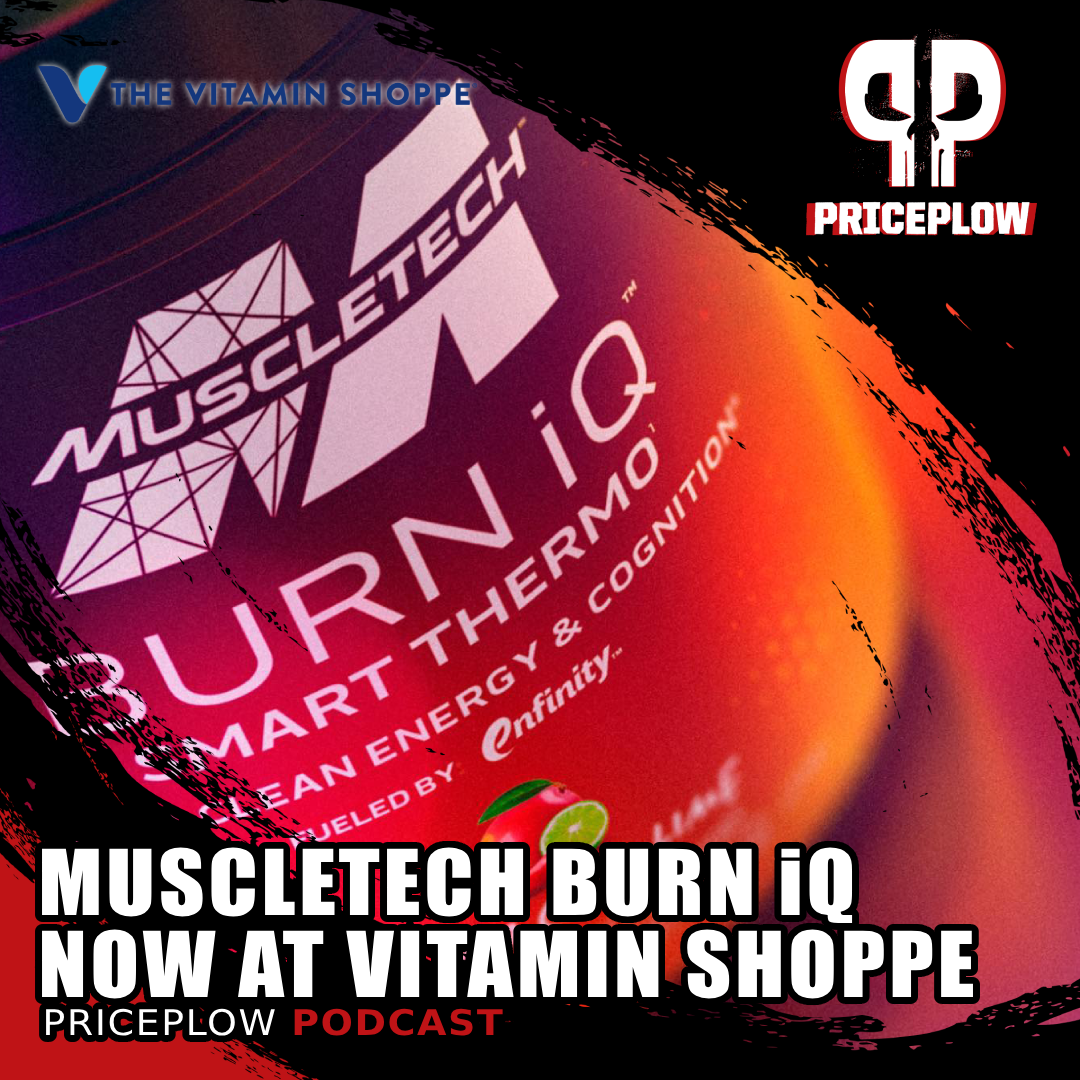
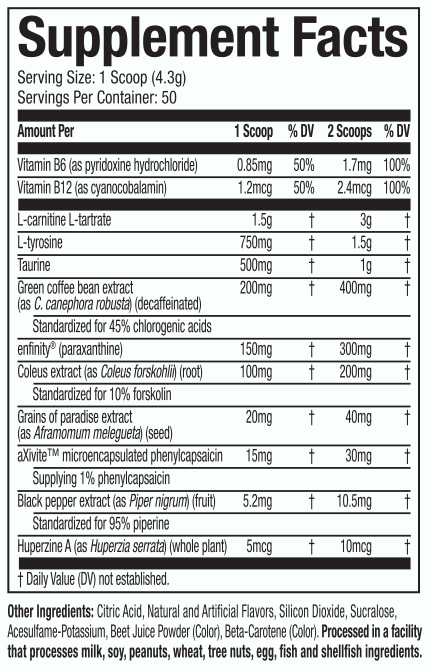
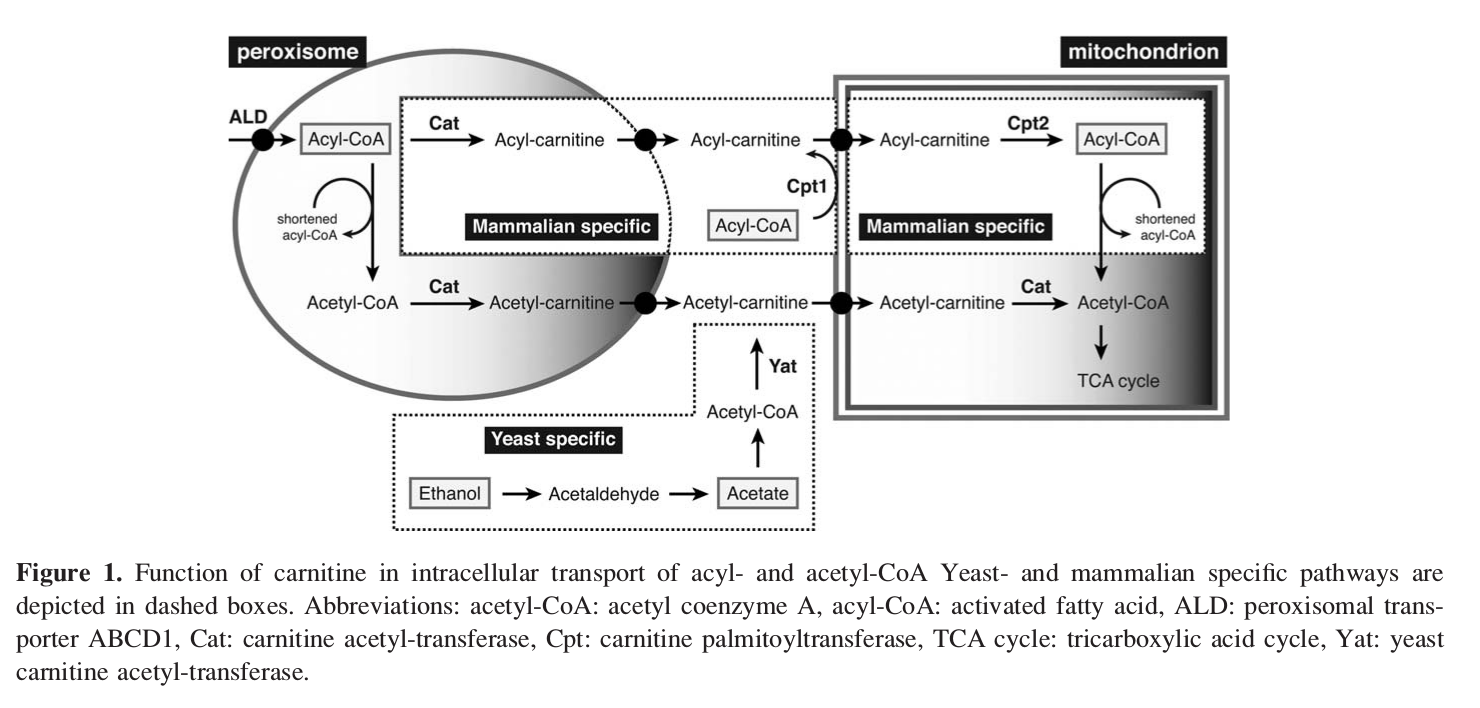
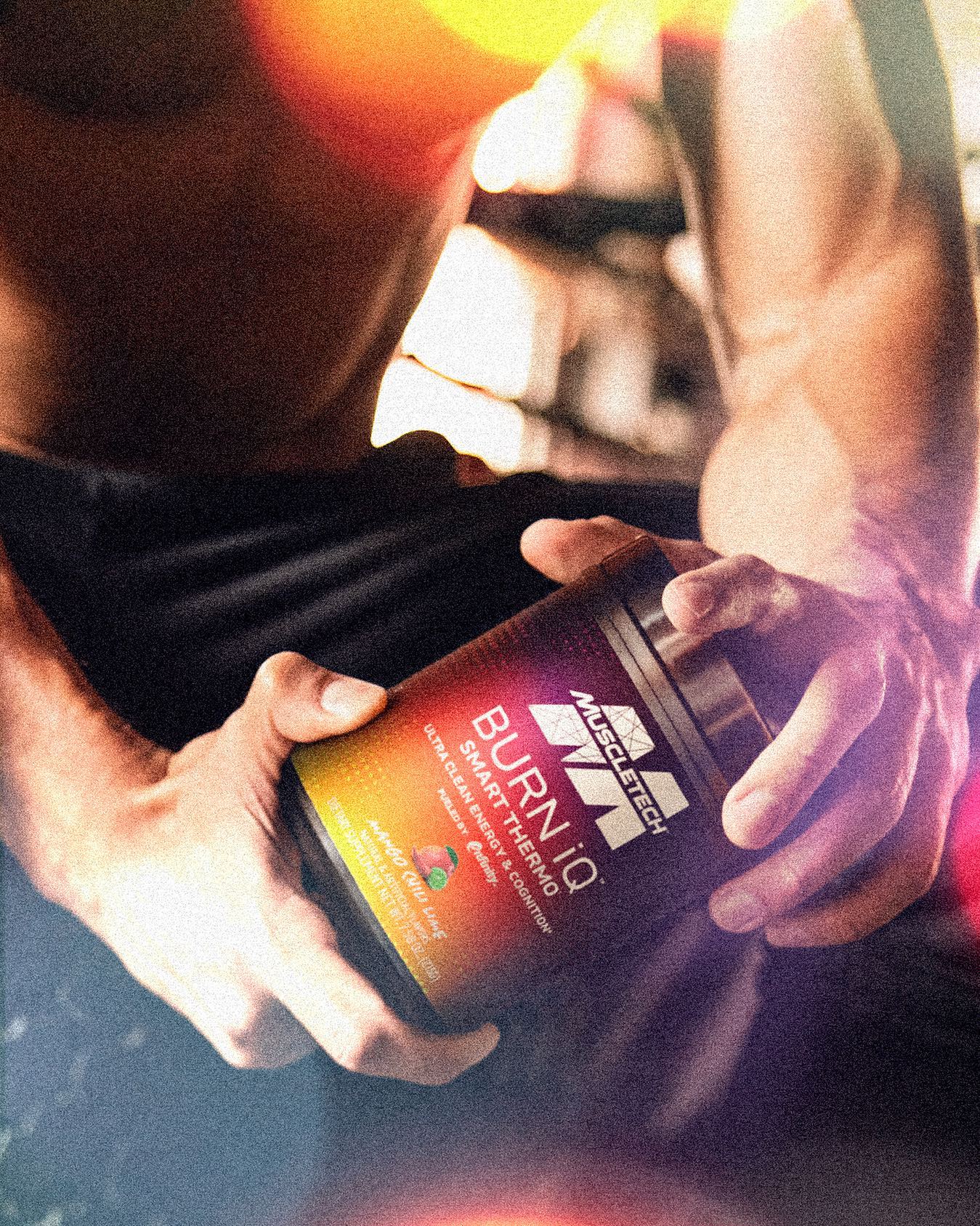
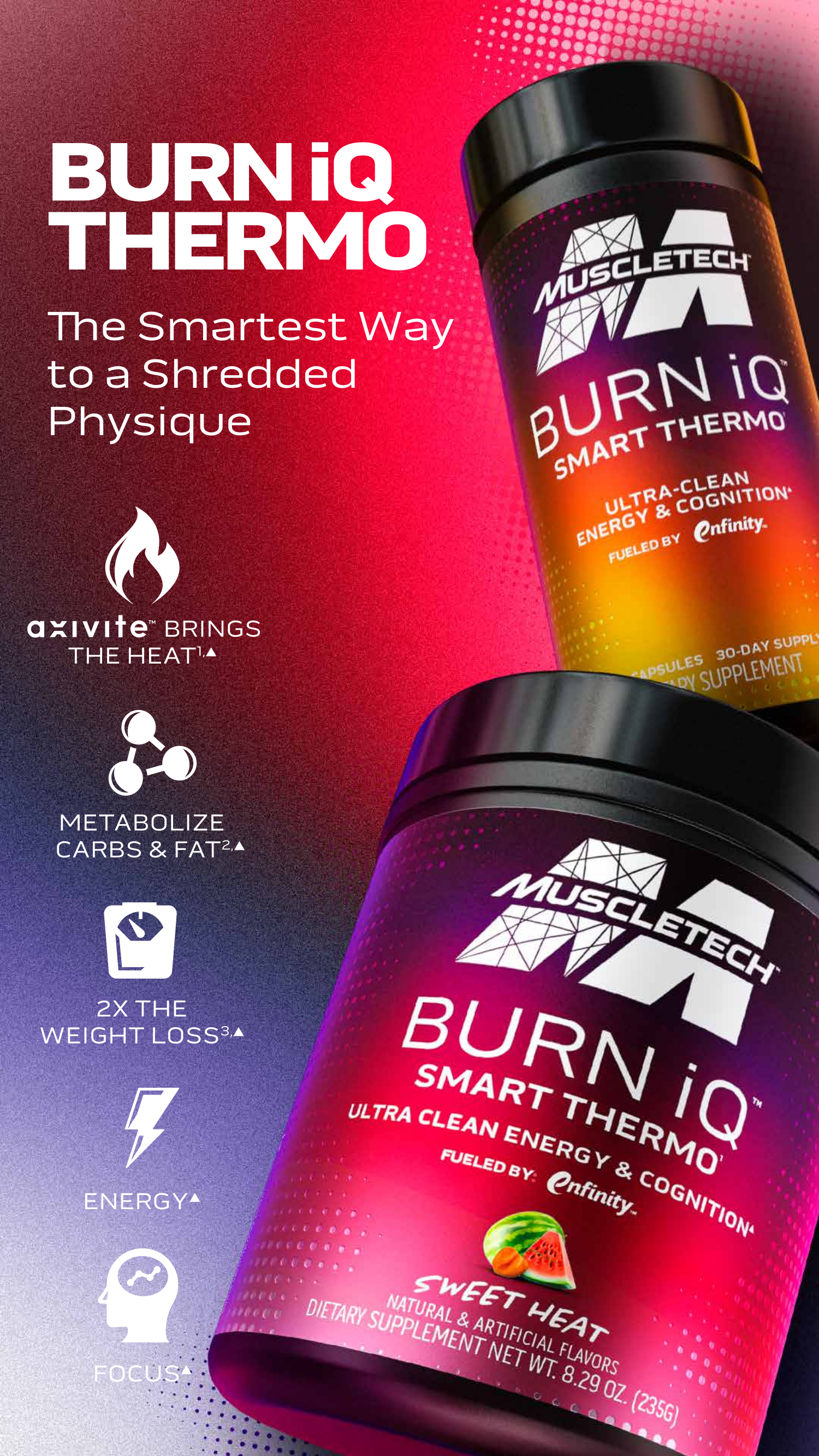
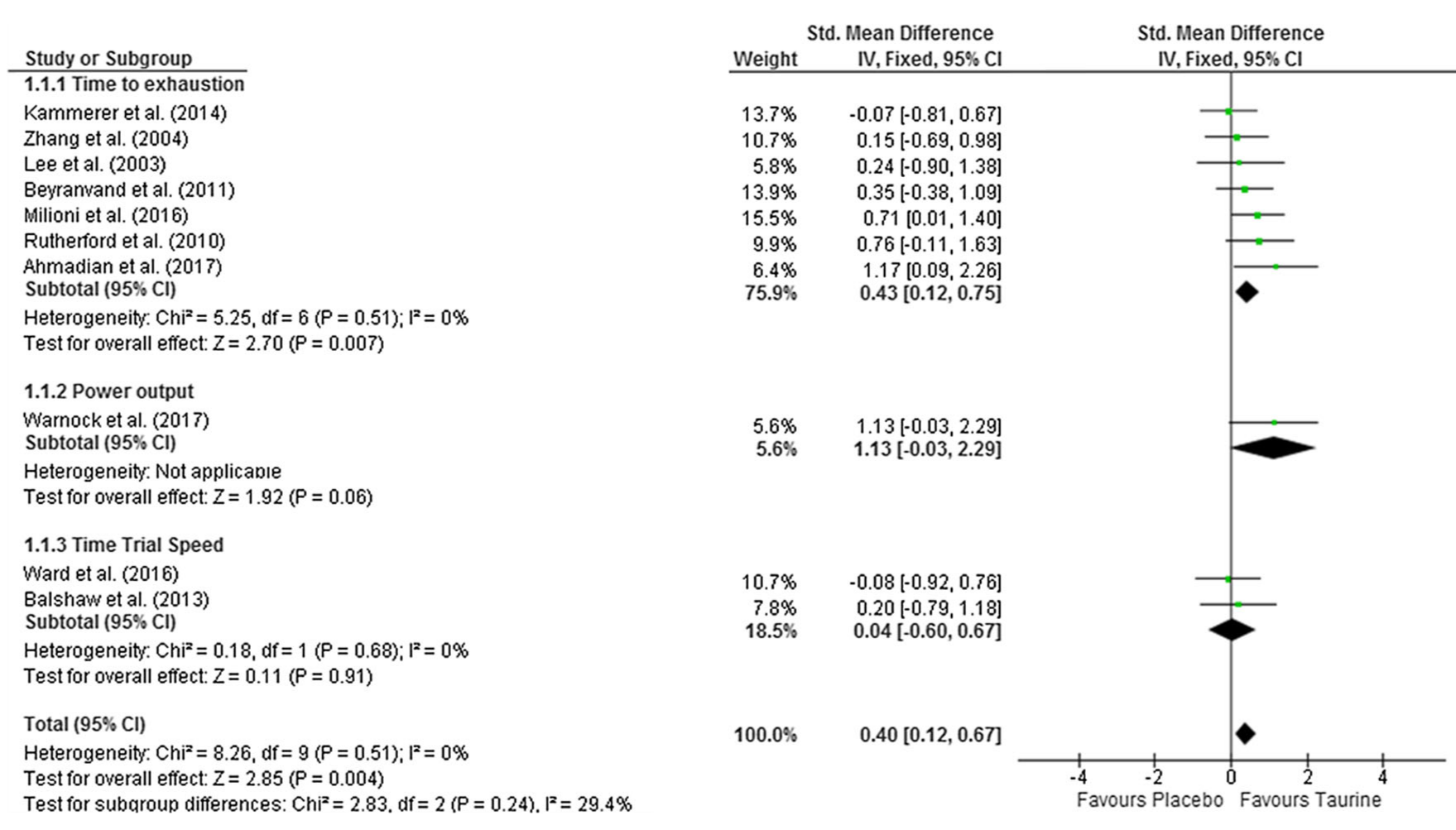
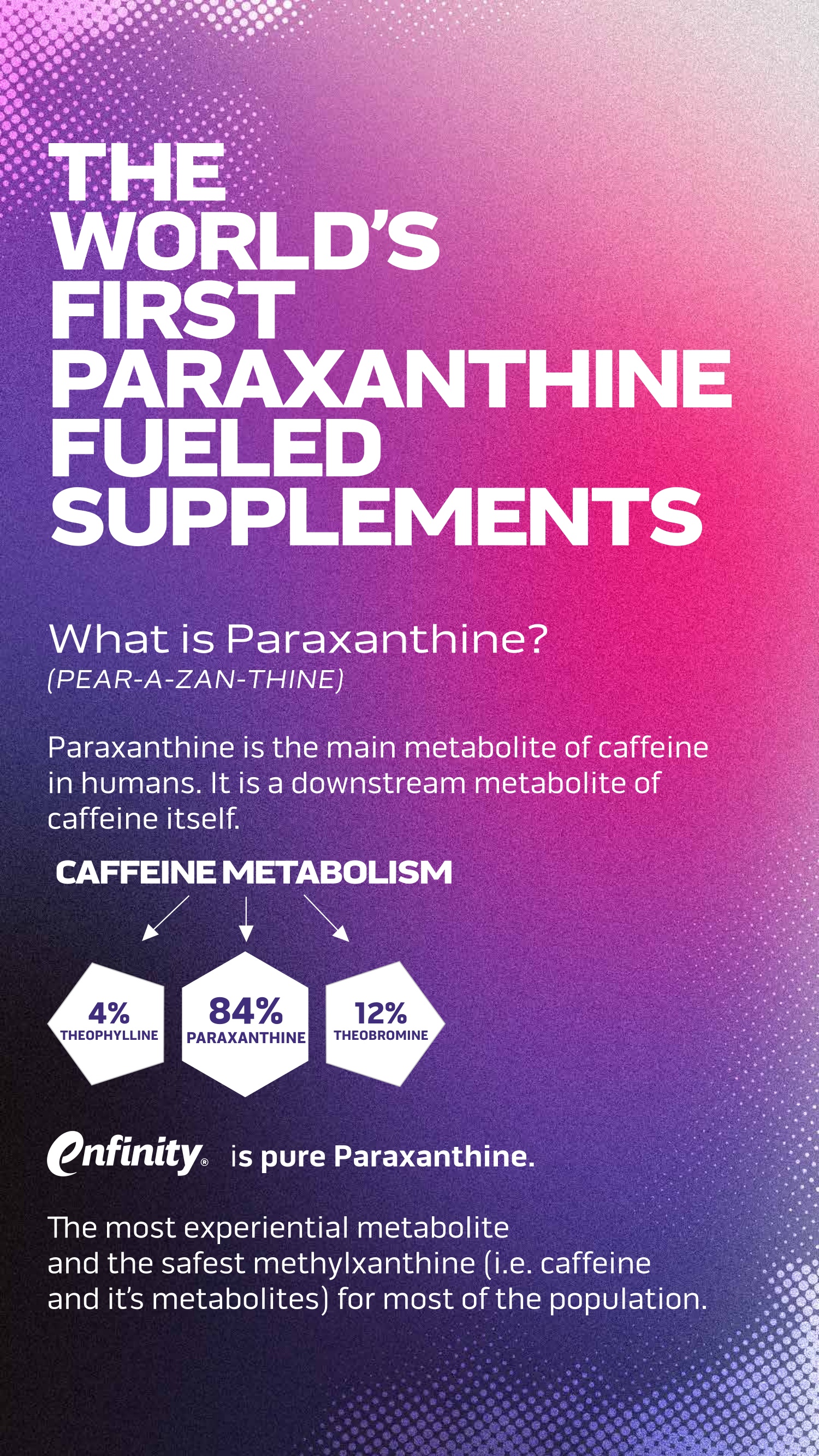
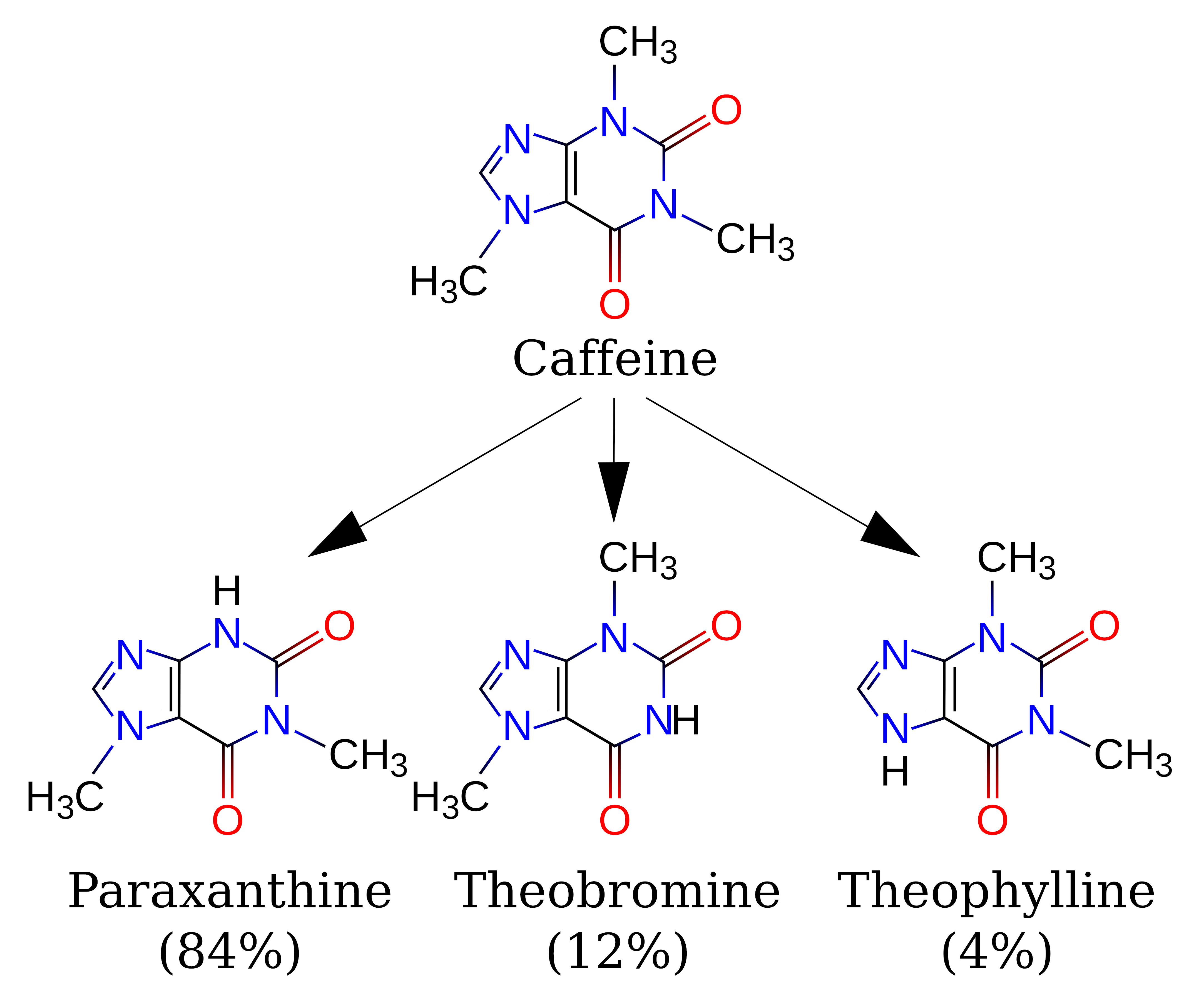
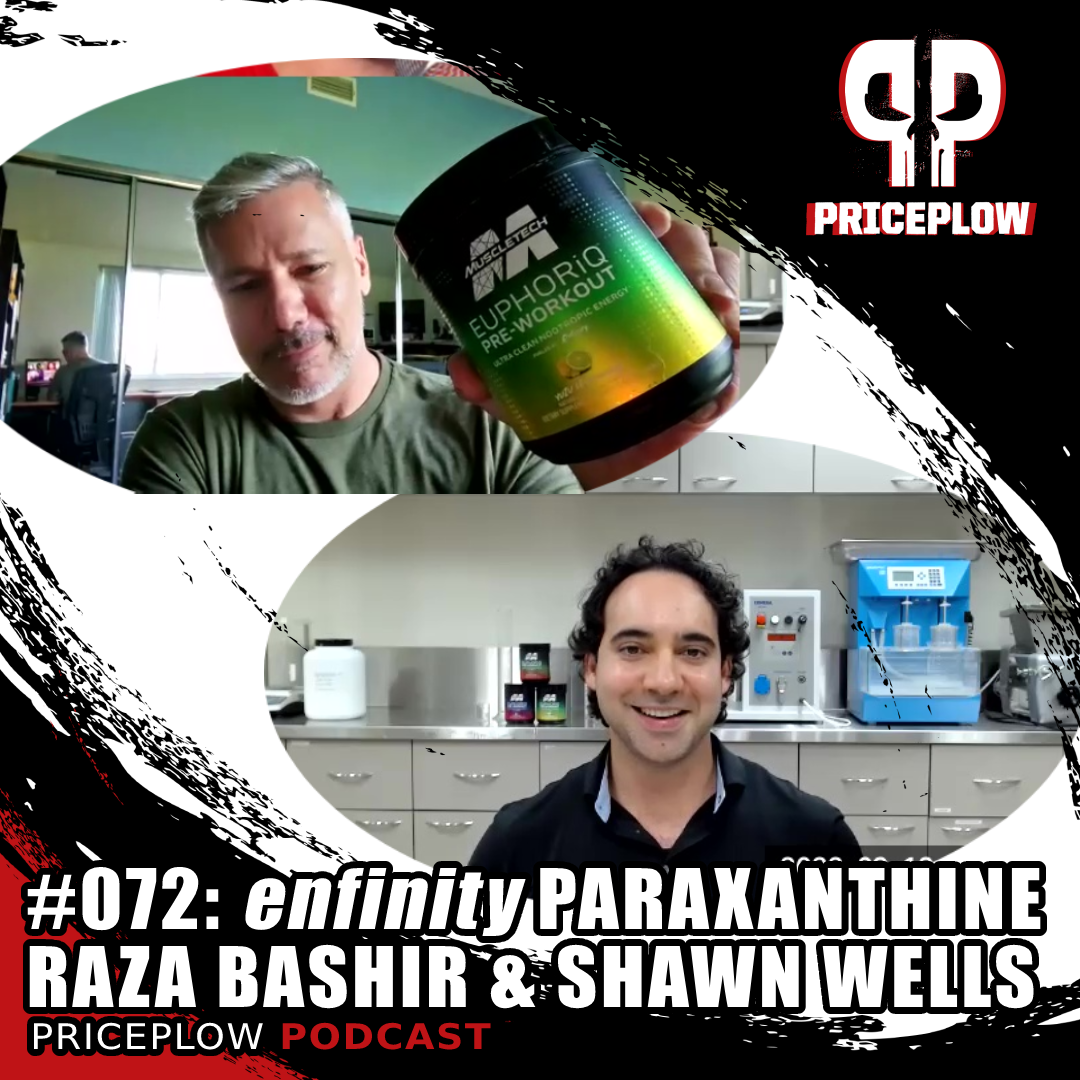
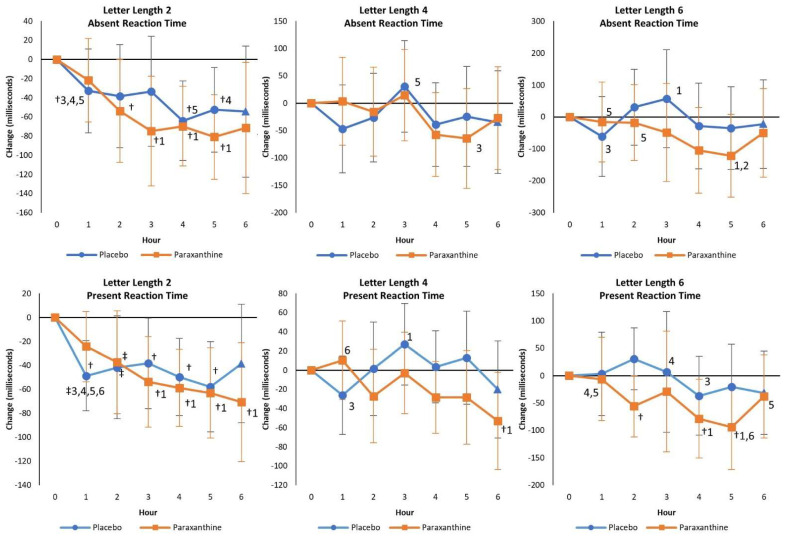
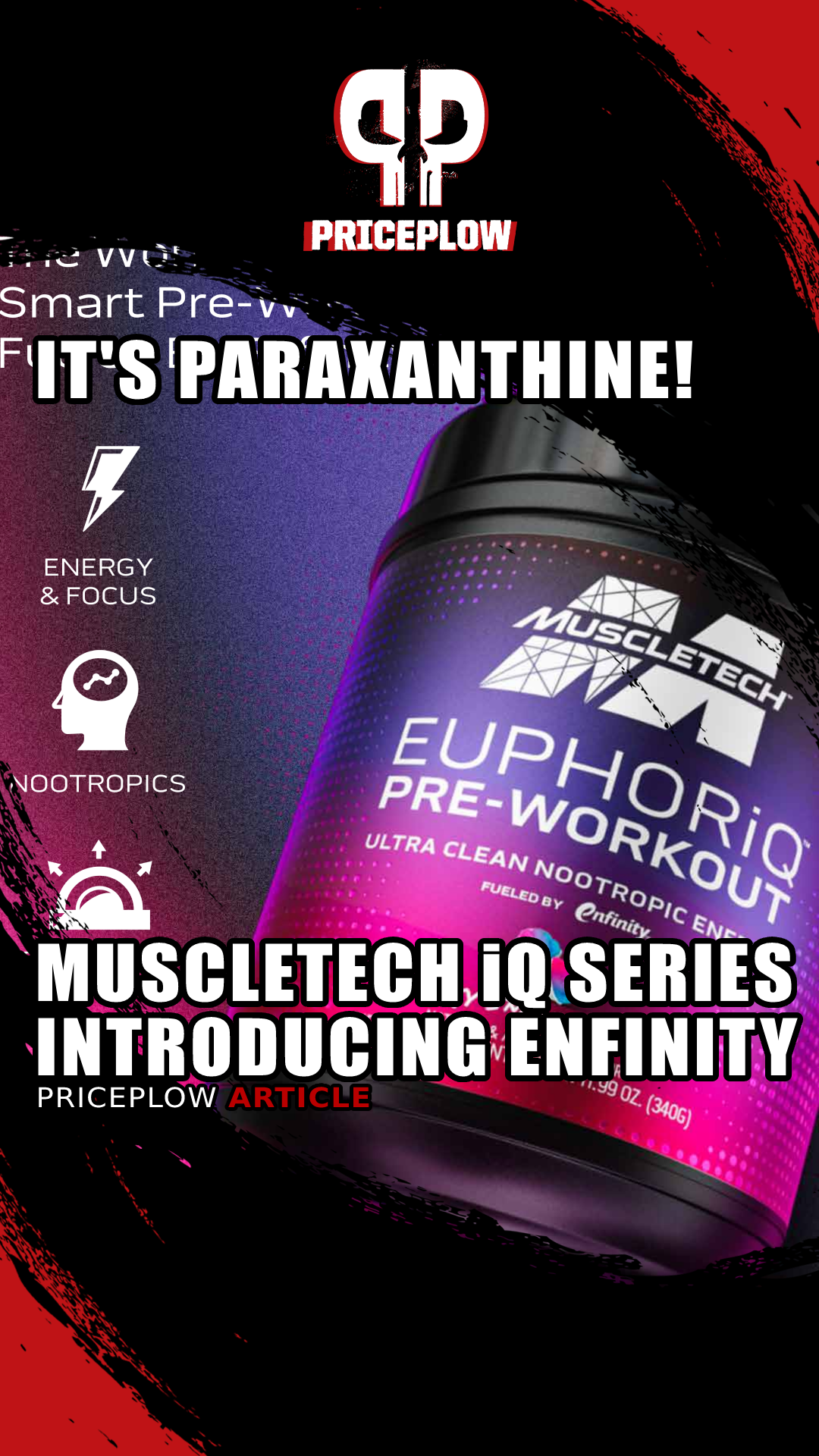
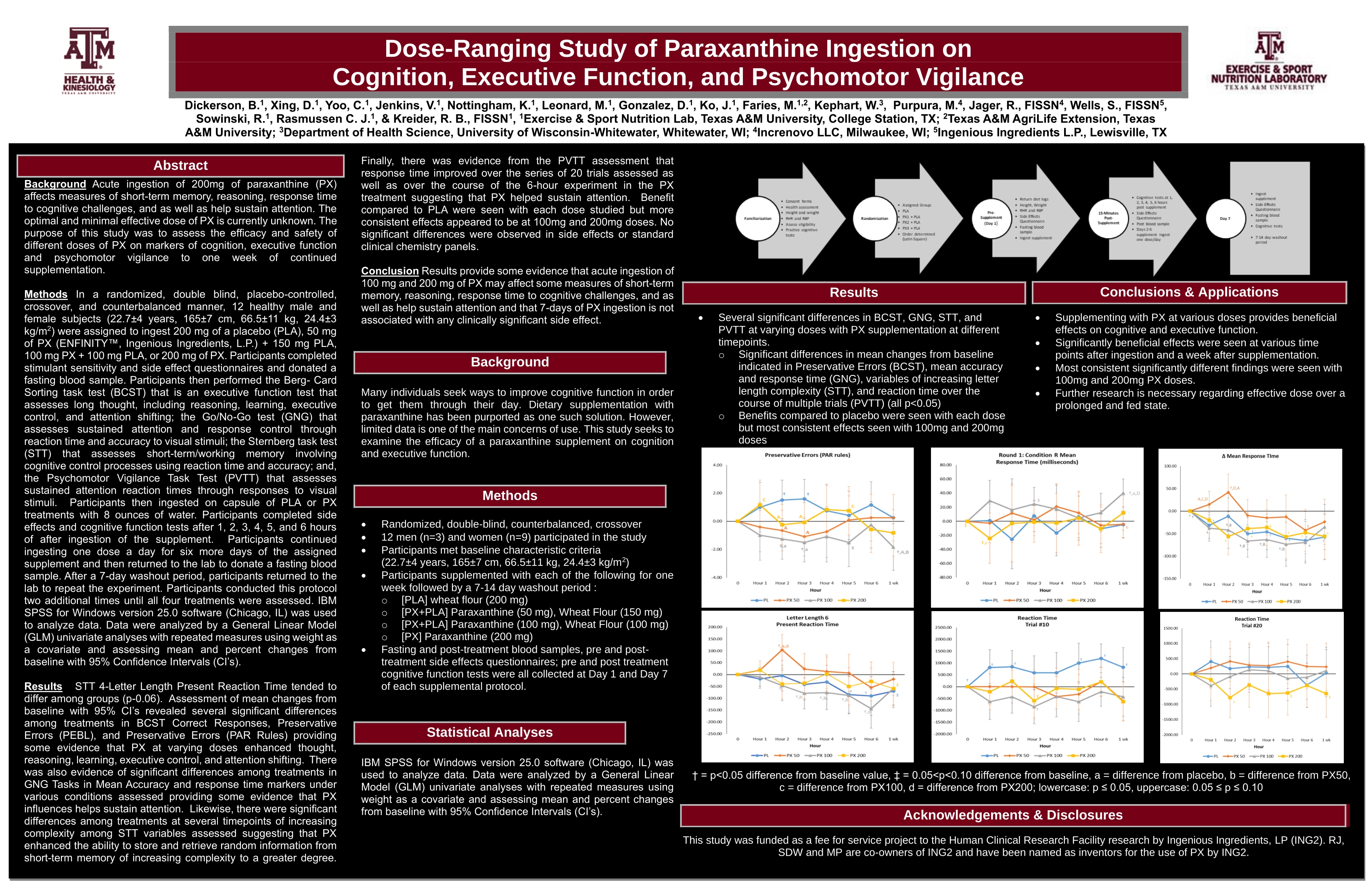
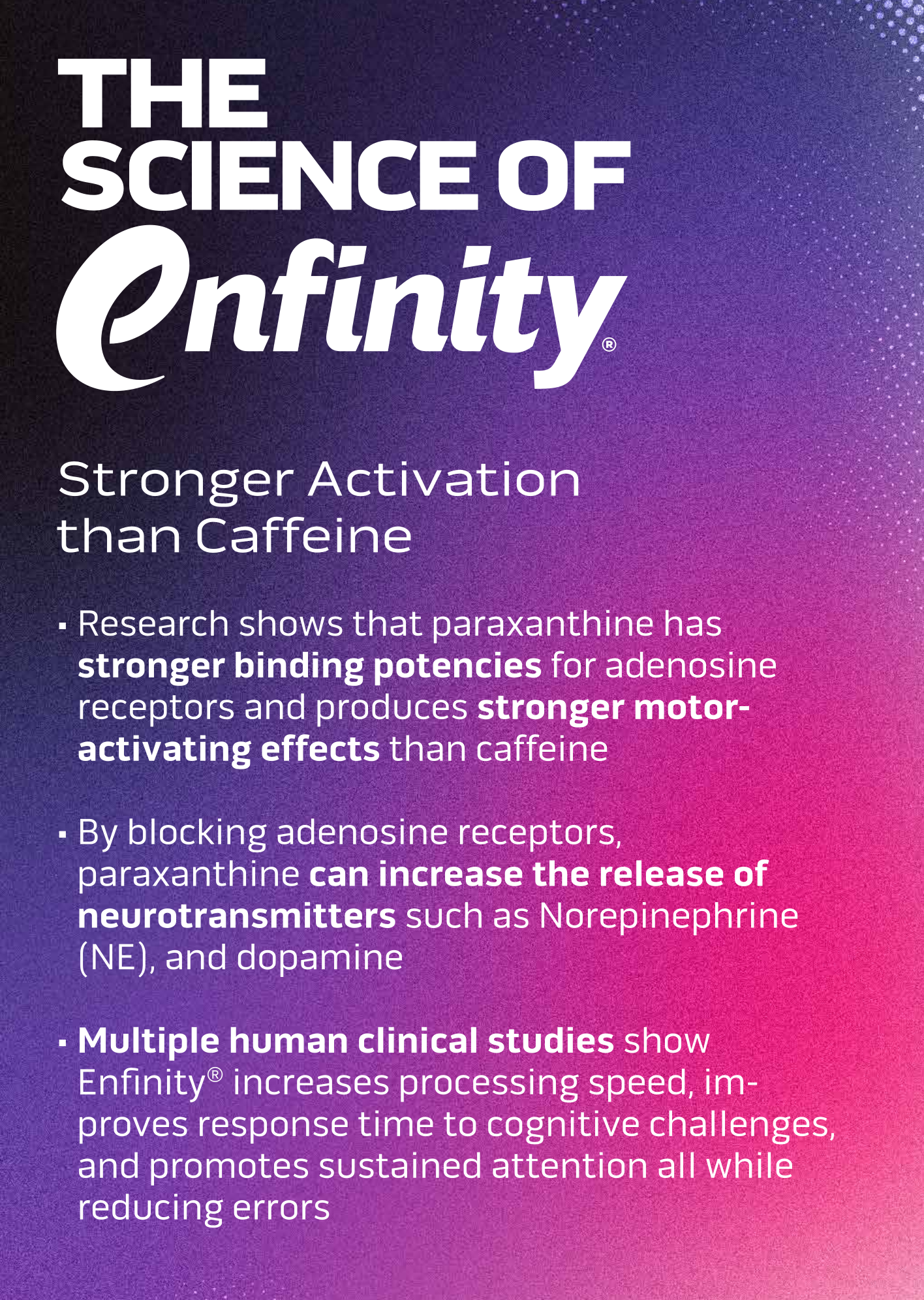
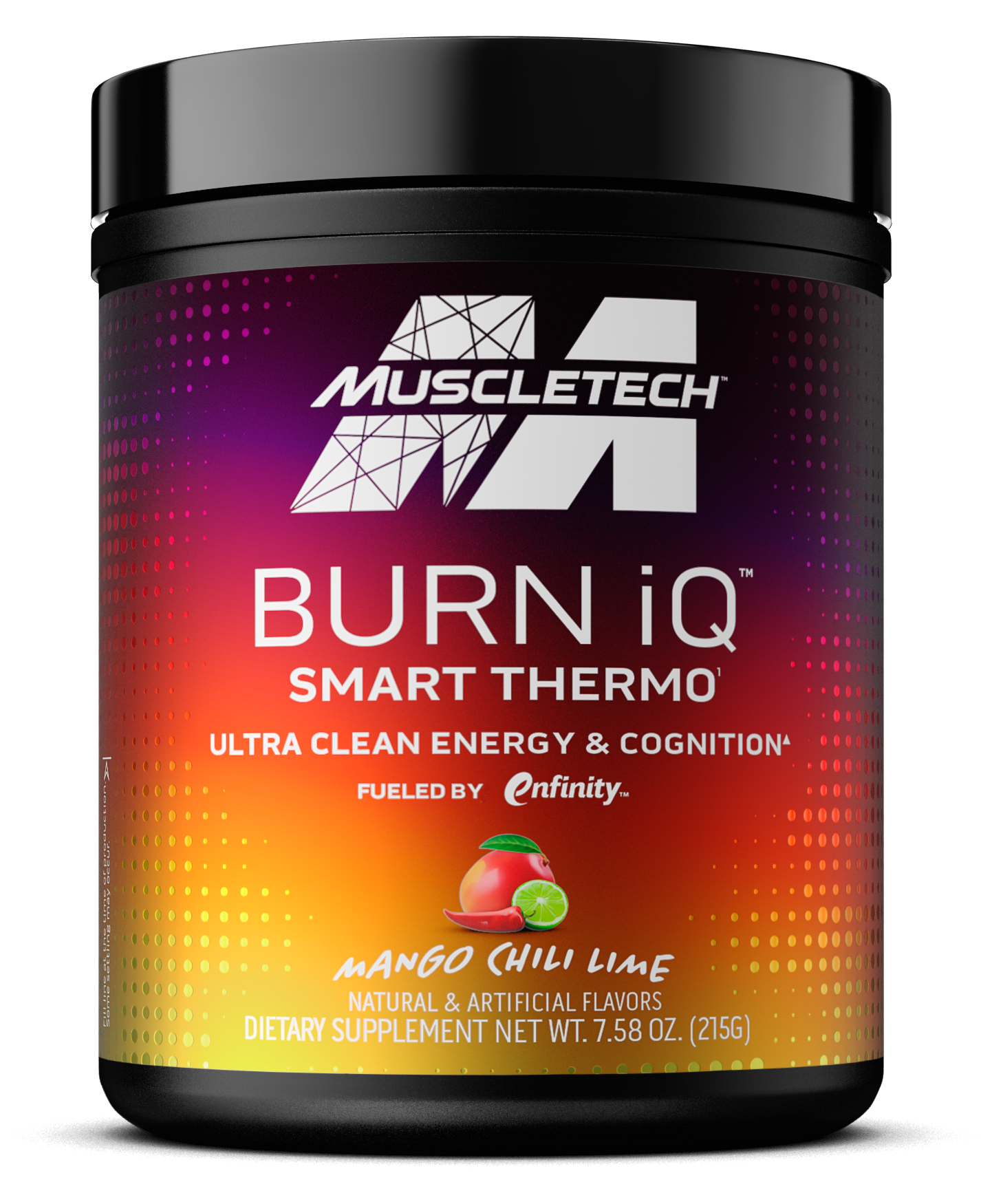
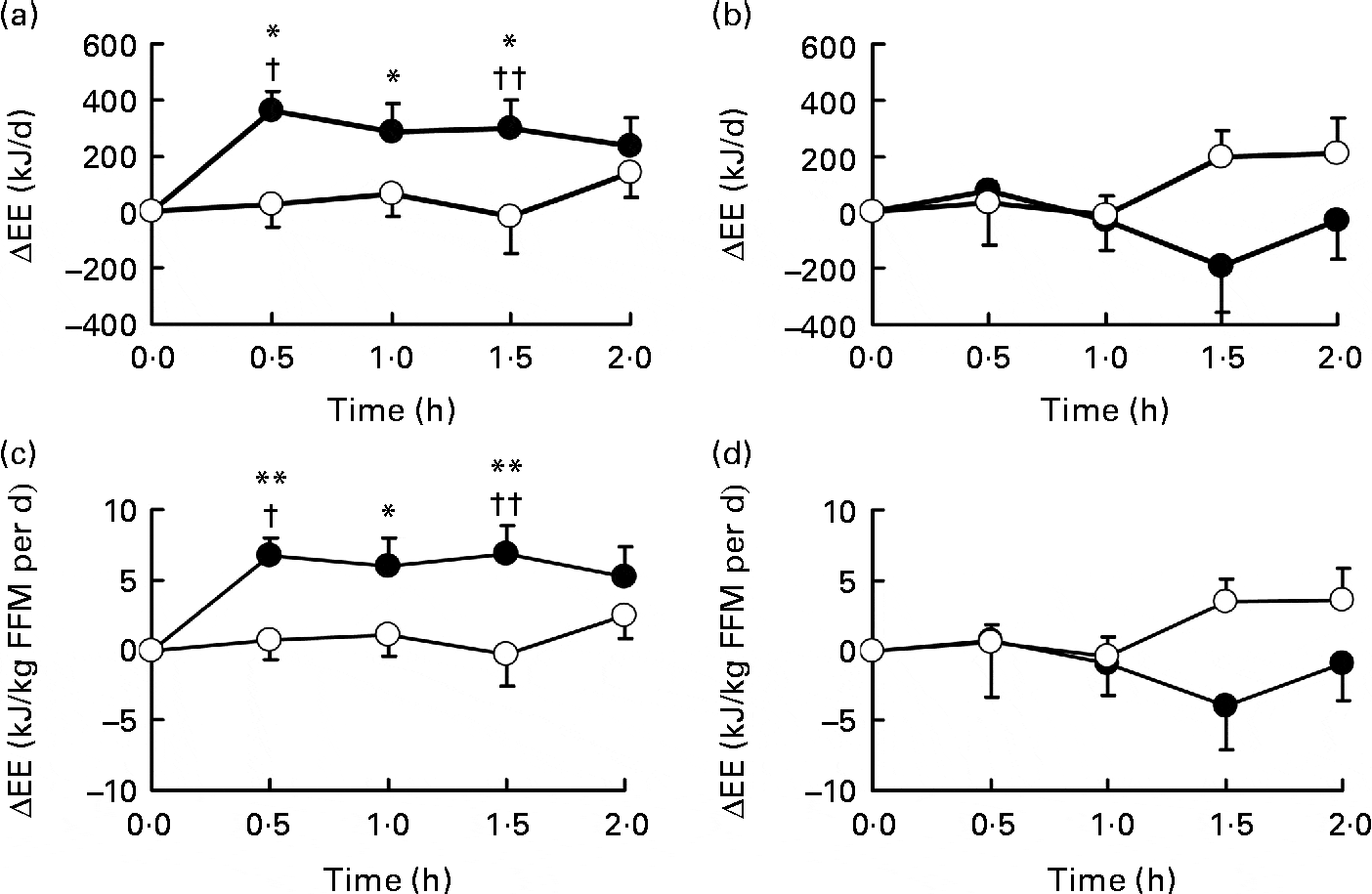
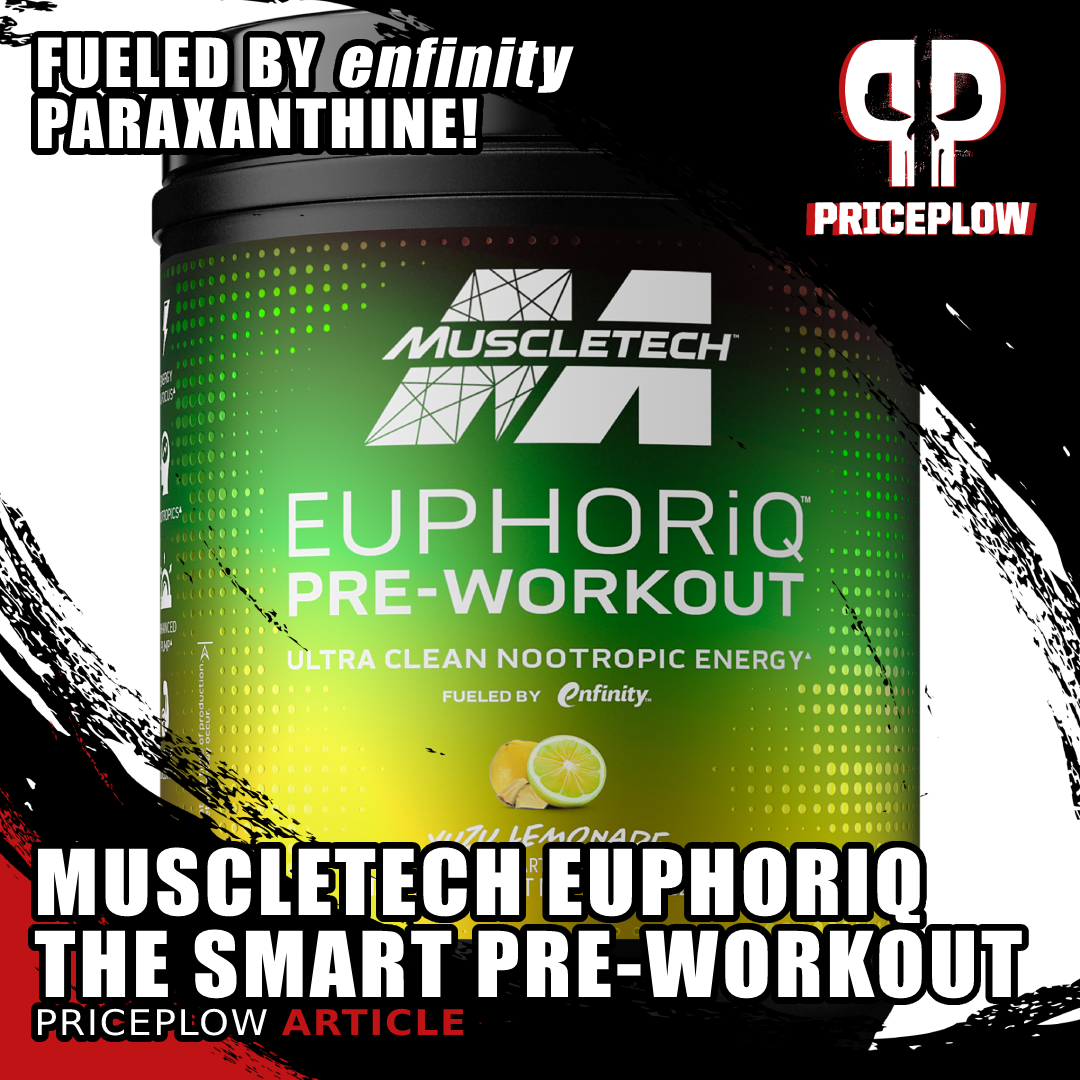

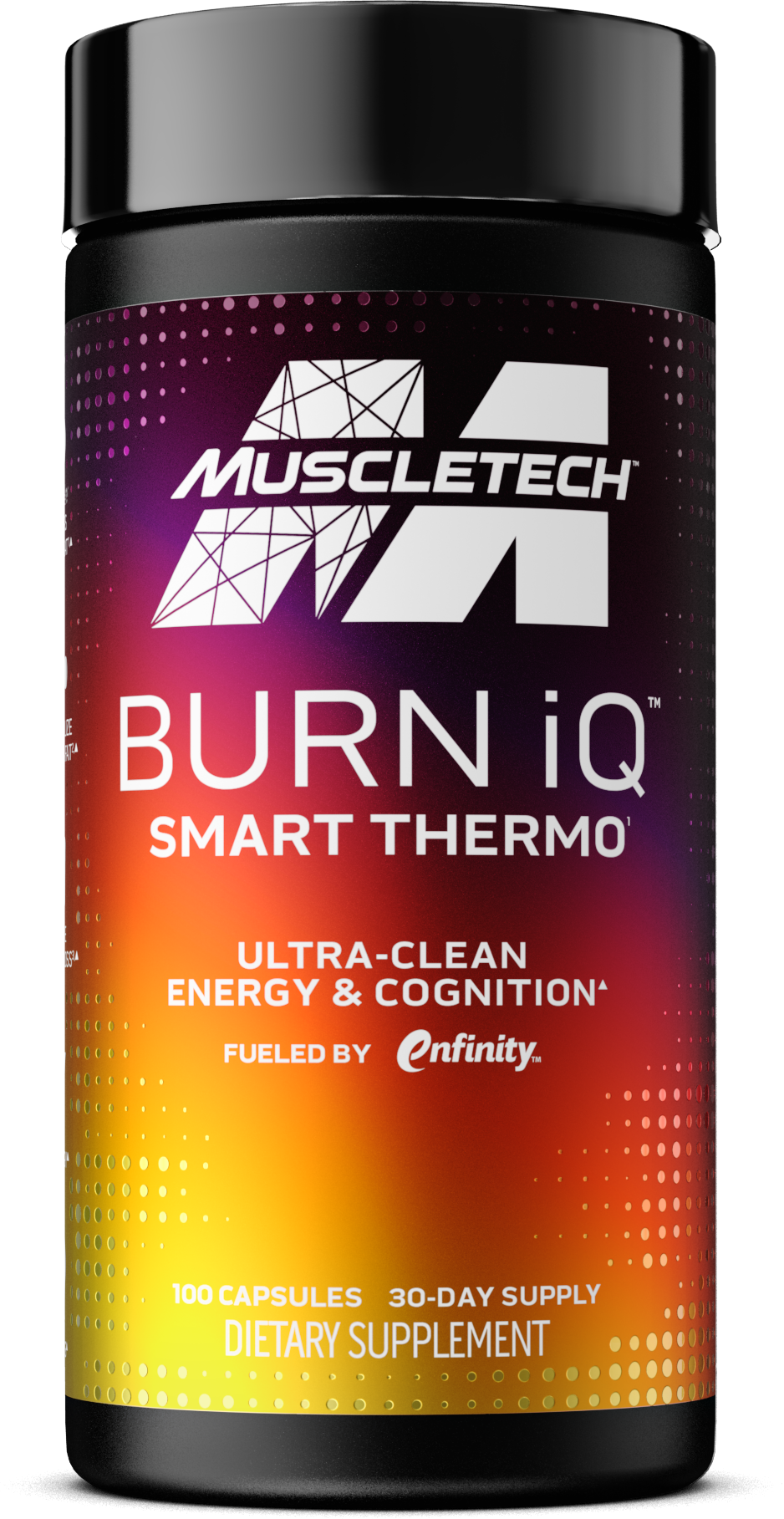
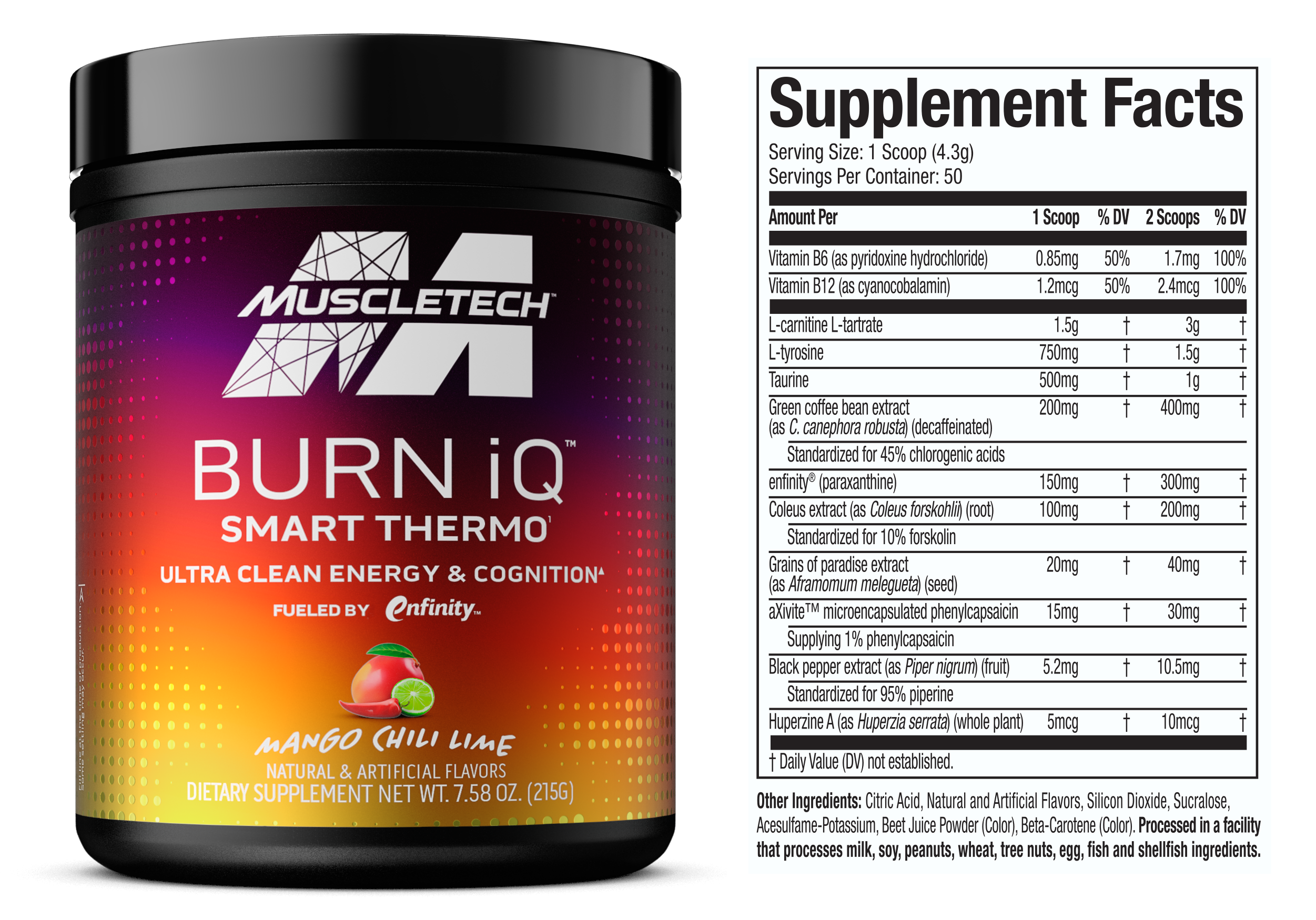


Comments and Discussion (Powered by the PricePlow Forum)